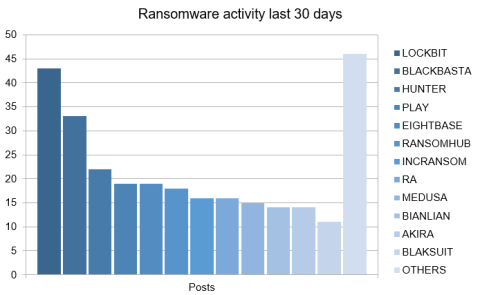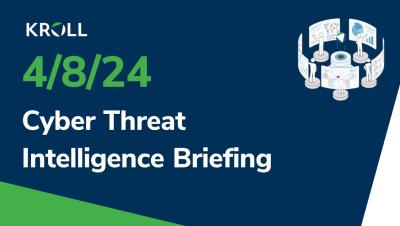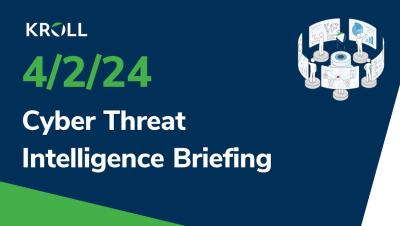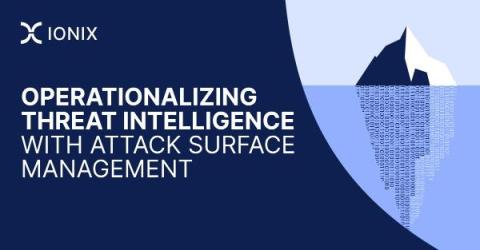Threat Context Monthly: Executive intelligence briefing for April 2024
Welcome to the Threat Context Monthly blog series where we provide a comprehensive roundup of the most relevant cybersecurity news, and threat information from KrakenLabs, Outpost24’s cyber threat intelligence team.











